Is there such a thing as an anti-brand halo effect in whisky?
let’s begin
There is a marketing strategy that centres around creating centrepieces in product ranges at the mid to premium end of a range that will act as a halo effect. But can it accidentally work the other way around?
Those of you not into the branding side of whisky or products in general may not be as interested in this so feel free to head over to other GreatDrams posts instead, maybe one of these.
So, in other words, a product that is designed to create a halo effect should inspire a positive perception for the rest of the range, allowing consumers to trade in lower in the range where they feel more financially comfortable, but also allowing them to indulge their aspirations to be associated with a certain brand or product.
For example, much is made of Glenfiddich 18 being highly awarded and an phenomenal whisky, but even at around £75 it is out of the price range for large volumes of whisky consumers globally. But at a third of that cost, the Glenfiddich 12 Year Old is within range and therefore ships much larger volumes in comparison to its older, more desirable brother.
This is a classic positive halo effect as the Glenfiddich 18 Year Old gets a lot of promotion, a lot of visibility and a lot of social media mention so that, one day when that Glenfiddich 12 Year Old consumer has been awarded a bonus or a promotion or just fancies a treat, they are likely to trade up to the Glenfiddich 18 Year Old they have wanted but been unable to buy for years.
On the flip side, I started wondering if the opposite were true elsewhere in the whisky world.
The one example I netted out on was The Macallan; a highly regarded whisky, brand and distillery with a mega expansion well underway.
But how does its entry level range help ladder up to the much more elusive and exclusive products in their stable? I spoke with several industry insiders about this and the common theme was that it simply didn’t.
For the whisky of James Bond, surely the entry level has to already be very good and something to aspire to?
With their 1824 Series of Gold, Amber, Sienna and Ruby, I just don’t see it; Ruby is very nice, I quite enjoy sipping this whisky from time to time, and it is at a price point of around £120 (when released) feels appropriate for an introduction to greatness of The Macallan. At £18.49 (current price on Drink Supermarket), The Macallan Gold just feels cheap and devaluing an otherwise super-premium brand.
I totally get the logic behind the release of a non-aged statement range, and am one of the people who totally agree that NAS is a positive thing in the whisky market for both NPD and for stock management.
But surely there has to be a better way?
If Consumer X in Shanghai is watching the latest James Bond and sees him sipping The Macallan 1948 or something otherwise out of the realms of likely ever being owned, or even sampled, when they then see this brand’s Gold, or even Amber product at ~£45 in stores, surely that takes away from the point of being an exclusive brand that should be hard to buy into and to trade up through; that’s what a super premium brand should be
Now, I gave The Macallan as an example, but they are far from the only brand to have done this with their brand, and I get the feeling that with Double Cask and their recent age-statement releases and the superb No. 1 & No. 2 they are looking to readdress their perception, which is to be admired and No. 1 and No. 2 in particular are stunning whiskies.
With age-less products being brought to the market in their droves, brands really need to pay attention to how they are being perceived; Ardbeg and Laphroaig got a bit of grief for releasing I think eight limited edition products between them during their 200th Anniversary years in 2015 and many others releasing NAS after NAS expressions.
This is not about NAS, but the speed at which ‘innovation’ can get to market without the need for an age statement emphasises the potential for the anti-brand halo effect to take hold; will brands wise up? Or will the consumer lose faith in distillery single malt brands and move more towards independent bottlers and blends? Time will tell.
What are your thoughts? I’m keen to hear.





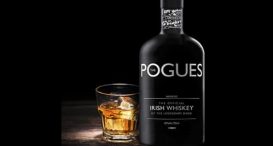

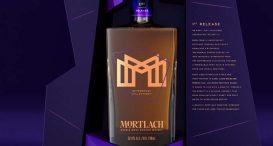
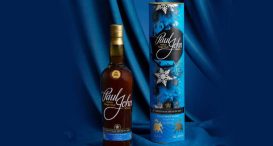
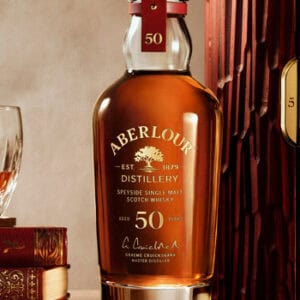
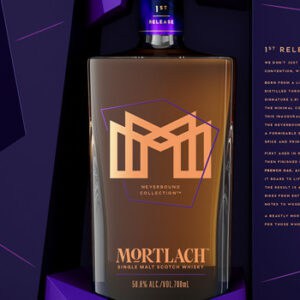




2 thoughts on “Is there such a thing as an anti-brand halo effect in whisky?”
There are no age-less products, only age-less labels. In what world is giving a consumer less information a good thing? Everyone on the marketing side seems to “agree on the necessity” of NAS, but no one addresses the arguments of anti-NAS people like myself. NAS isn’t necessary or desirable. Master blenders have always had the ability to use a “multi-vintage” type of approach.
The “problem” they say, is that consumers might be mislead by a young number on the bottle as the SWR only permit the disclosure of the youngest whisky in the bottle. It seems to me that the logical response would be to petition to have the regulations changed. Or to do what Compass Box did and disclose, on a website, exactly what the contents of the bottle are. But instead, certain less than honest brands (and Macallan is one of the worst) dropped the age statements altogether. What they did was like saying “well we have one flat tire, we may as well slash the other three”. Age matters. It’s a reality marketing types want us to forget. But it’s a reality nonetheless. New make, 9 year old, 18 year old and 36 year old whiskies are different. And please don’t create a strawman by saying “older doesn’t mean better”. We know that. But older is different. Removing information from the label doesn’t change reality. I’d love to see someone in the industry address the ACTUAL arguments against NAS instead of attacking straw men. But I won’t hold my breath.
Reply from our Facebook comments:
I completely agree – transparency has to be the next big drive to build consumer trust, but one question always remains in my head; does it matter what goes into it, if the end flavour is incredible?
The answer is yes, but should the recipes be revealed? I’m not so sure. That’s very expensive for an Octomore btw… wow.
And the ‘shackles of age statements’ comment is one that chimes true when I speak with the blenders and distillers, they sometimes create an age statement with one 1% of that age in it, but that specific number on the bottle is what consumers want to see, despite the ages of the component parts being a lot higher than it.